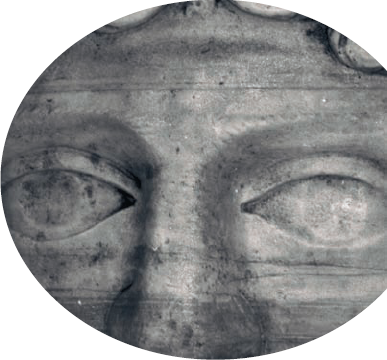Chapter 9. Crafting a Quality Black-and-White Art Photo
In This Chapter
Why you should consider black-and-white (B&W) photography
Shooting in B&W
Noticing the differences between film and digital camera images
Mastering shadows, midtones, and highlights
Using lighting to make great B&W images
Ever been to a gallery or a museum exhibit that shows only black-and-white (B&W) photographs? B&W photography shows happen all the time from small coffee shops in small towns to big shows in big cities — shows such as the photography of Garry Winogrand, who photographed the streets of America throughout his lifetime during the last century. (See the sidebar on Winogrand's work later in this chapter.)

And although digital photography does affect how black-and-white images look, this newer technology won't kill its kindred and traditional B&W art form because there are more ways than ever to compose, capture, and manipulate those subtle shades of gray into images that mesmerize and captivate. Of course, you can always convert an existing color shot to B&W (see the "Manipulating a color image to become B&W" section, later in this chapter), but when you want B&W, shoot in B&W.
Shooting B&W is a serious form of art photography. Some people tend to dismiss B&W as boring or somehow less artsy because — face it — there's no color! However, there are plenty of markets for your B&W art photos, from galleries to ...
Get Digital Art Photography For Dummies® now with the O’Reilly learning platform.
O’Reilly members experience books, live events, courses curated by job role, and more from O’Reilly and nearly 200 top publishers.

